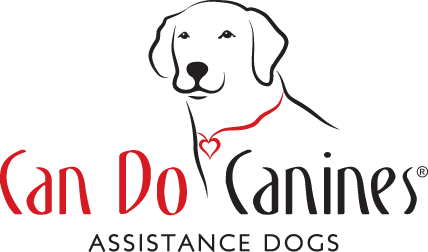Like humans, dogs respond to intonation and stress patterns when spoken to and will respond to not only what is said, but how it is said. With this knowledge in hand, we can utilize our tone of voice to maximize our training. We all know that very young puppies respond quickly and happily to an upbeat call of “Puppy, Puppy, Puppy!” We also know that even older dogs prefer to walk next to someone who leads with a breezy “Let’s Go!”
Here is a brief review of intonation patterns (tone)
1) Upward Intonation - Questions
-
Example: “Are you ready?” “Who’s a good boy?”
2) Downward Intonation - Command or Demand
-
Example: “Sit.” “Down.” “Park.”
3) Circumflex - Words that rise upward and then downward
-
Example: “Under.” “Good Boy/Girl.” “Nice Job.”
Variations in our volume, emotion, speed, and pitch may influence not only how the dog perceives our cues but also which side of their brain they are using to process our request. See how many variations you can spot in this training video. Also make note of how the dogs respond to them.
Try playing around with different intonation patterns and see how the dog responds. Based on your tone, do they respond faster when a word is said in a different way? How many different ways can you say the same word?
Dogs will often mirror our attitude and demeanor, so the next time you find yourself rushing with the dog, or getting frustrated, pause for a moment and breathe. Consider your tone of voice and see how making even small adjustments impacts the dog’s responses.




